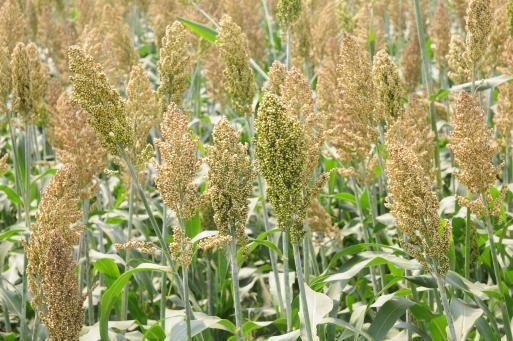Here is yet another reason why you must consider millets in your diet.
Scientists have found that if you replace part of your rice-wheat meal with sorghum, you may well manage your sugar levels.
Scientists at National Institute of Nutrition (NIN) and Directorate of Sorghum Research (DSR) have just concluded a World Bank-funded research project that revealed sorghum’s quality to lower glycosylated haemoglobin levels.
Glycosylated haemoglobin or HbA1c is a parameter used to diagnose diabetes. A World Health Organisation (WHO) report recommends HbA1c of 6.5 per cent as the cut-off point for diagnosing diabetes.
“We have done a study with NIN to find out how sorghum can benefit people in managing the HbA1c levels. The clinical trials in a limited population in a period of three months showed reduction of HbA1C levels to 7.3 per cent from 7.9 per cent, indicating sorghum’s benefits,” DSR Principal Scientist B. Dayakar Rao said.
Scientists have replaced 50 per cent of the diet of the sample population who ate rice with sorghum foods. “We, however, need to do the study on a much larger scale to ascertain the benefits,” he told Business Line on the sidelines of the global meet on millets for health and nutritional security. The three-day conference is being organised by the Indian Council of Agricultural Research, DSR and Society for Millets Research.
ICAR Deputy Director-General Swapan Kumar Datta said that millets were the future crops of the country.
“It can tolerate extreme weather conditions. The climate resilient crop can also help paddy and wheat. While drought tolerance could help paddy, heat tolerance would benefit wheat,” he said.
via Sweet news! Sorghum can reduce sugar levels | Business Line.


